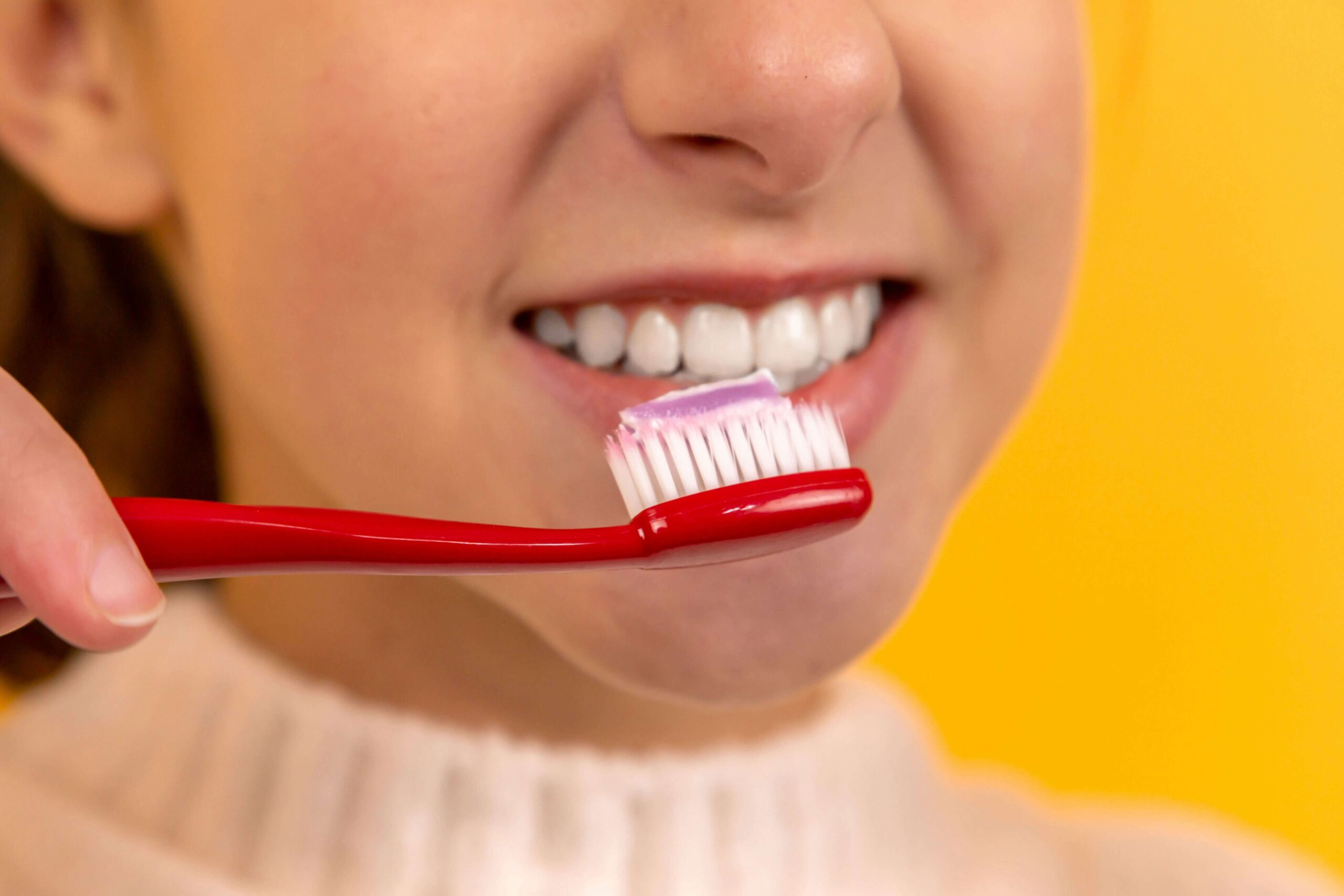Facts & myths about vaping
We clarify common misconceptions surrounding vaping by presenting factual information and debunking prevalent myths. Read more:

What’s stopping you?
Not sure if you’re ready to stop vaping? Worried about finding it difficult?
Start quizAt Allen Carr’s Easyway, we aim to help people break free from nicotine addiction while dispelling the myths that can keep them trapped.
Vaping has become a popular alternative to smoking, often marketed as a “safer” choice, but is it truly the lesser evil?
The topic of vaping is surrounded by misconceptions and misinformation, making it difficult to separate facts from myths.
In this article, we’ll debunk some of the most common myths about vaping, backed by research and expert opinions, to help readers understand the real implications of vaping on health and society.
Myth 1: Vaping is harmless
Fact: Vaping is often portrayed as safer than smoking and a harmless activity, but it is not without risks. While it may be less harmful than smoking traditional cigarettes due to the absence of combustion, e-cigarettes still contain harmful substances.
People say that it is like comparing jumping out of a 30 story building or a 10 story building. Safer but not safe and the difficulty is that we don’t know how safe vaping is yet and it could be like jumping from a 29 story building.
Research shows that the vapour inhaled can contain toxic chemicals, including heavy metals like lead, volatile organic compounds, and cancer-causing agents such as formaldehyde.
Some studies suggest that repeated exposure to these substances may cause respiratory and cardiovascular problems over time, even if the risk is lower than smoking traditional tobacco products. Read more about what is in vaping liquid
Additionally, nicotine, the primary ingredient in most e-liquids, is highly addictive and can negatively impact brain development in adolescents.
It can also contribute to increased heart rate and blood pressure, potentially leading to long-term cardiovascular issues. Although vaping may present fewer risks than smoking, it is far from harmless..
Myth 2: Vaping helps you quit smoking easily
Fact: Many smokers turn to vaping as a tool for quitting, but research indicates mixed results.
While some individuals successfully use e-cigarettes to reduce their smoking habits, many others continue using both products simultaneously, a practice known as “dual use.”
This approach does not eliminate nicotine addiction and may even increase exposure to harmful chemicals from both smoking and vaping.
The Allen Carr’s Easyway method is a drug free & clinically proven approach that breaks the addiction cycle completely rather than substituting one habit for another.
Our approach has helped millions to freedom without the need for substitutes or willpower. Using e-cigarettes to quit smoking can sometimes perpetuate the dependence on nicotine, making it challenging to achieve true freedom from the addiction. Read more about is vaping harder to quit than smoking?
Myth 3: E-cigarettes don’t contain harmful chemicals
Fact: While e-cigarettes do not produce tar, which is the primary cause of cancer from smoking, they can still contain various harmful chemicals.
Studies conducted by organisations such as the World Health Organization (WHO) and the Centers for Disease Control and Prevention (CDC) have found that some e-liquids contain formaldehyde, acetaldehyde, and acrolein—substances known to cause cancer. Additionally, the heating element used in e-cigarettes may release tiny metal particles into the vapour, including lead, chromium, and nickel, which can be harmful when inhaled.
The concentration of these harmful substances can vary significantly depending on the brand and type of e-liquid used, as well as the temperature at which the device heats the liquid.
Therefore, the idea that vaping is entirely free of harmful chemicals is a misconception. While the levels may be lower than in cigarette smoke, they are still present.
Read more about the side effects of vaping
Myth 4: Vaping doesn’t affect non-smokers
Fact: Secondhand exposure to e-cigarette vapour is a concern, especially in enclosed spaces.
Although the risks from second hand vapour are lower compared to cigarette smoke, studies show that passive exposure to vape aerosol can still result in inhaling harmful substances, such as nicotine, ultrafine particles, and volatile organic compounds.
Some studies have detected traces of heavy metals and formaldehyde in second hand vapour, indicating that non-users can be exposed to potentially harmful chemicals.
For people who have never smoked or used nicotine products, starting to vape carries unnecessary risks.
The aerosol emitted by e-cigarettes may contain lower levels of harmful substances than cigarette smoke, but that does not make it completely safe.
Myth 5: Vaping is safe for teens and young adults
Fact: Vaping has become particularly popular among young people, raising concerns about nicotine addiction and brain development.
The adolescent brain is still developing, making it more vulnerable to the harmful effects of nicotine, which can interfere with cognitive functions, memory, and learning.
The use of e-cigarettes among teenagers has surged in recent years, driven partly by enticing flavours and sleek marketing.
Health organisations, including the American Academy of Pediatrics, warn that e-cigarettes are not safe for young people.
The potential for addiction is significant, and studies suggest that teens who vape are more likely to start smoking cigarettes later on.
Rather than providing a “safer” alternative, vaping may increase the likelihood of long-term nicotine dependence. Read more about the side effects of vaping
Myth 6: All E-liquids are the same
Fact: There is considerable variation in the composition of e-liquids.
The ingredients used, their concentration, and even the method of manufacture can differ between products. Some e-liquids contain higher levels of nicotine than advertised, and the quality of flavouring agents can vary widely.
Research has found that some e-liquids contain diacetyl, a chemical linked to a serious lung condition known as “popcorn lung,” despite it being banned for use in inhalable products in some countries.
In London, the Police warn parents, teachers, schools and pupils about vaping due to children being hospitalised after losing consciousness as a result of vaping. Vapes were found to contain dangerous and addictive drugs such as ‘spice’ and high levels of THC, the psychoactive chemical found in cannabis.
At Allen Carr’s Easyway, we emphasise that whether an e-cigarette contains high or low nicotine levels, the problem remains the same: it sustains nicotine addiction.
The solution is not to choose a “better” e-liquid but to quit nicotine altogether.
The truth about vaping
Vaping may be a safer alternative to smoking, but the best method is to break free from nicotine addiction completely.
While it may reduce some of the risks associated with traditional cigarettes, it still involves inhaling potentially harmful substances and can perpetuate dependence on nicotine. The truth about vaping is that it remains a habit that reinforces the belief that nicotine provides a “crutch” or “pleasure,” making it harder to quit in the long term.
At Allen Carr’s Easyway, we advocate for a complete break from nicotine addiction without the need for substitutes like vaping. Our method is based on changing the mindset towards nicotine and addressing the root cause of addiction, rather than relying on alternatives that can prolong the addiction.
Free Online Quiz
Not sure if you’re ready?
Worried about finding it difficult?
We can help.
Take a few minutes to fill out our online consultation and we will get back to you with our personalised recommendation.
Go on, start your journey to freedom today!

Final thoughts
Understanding the facts and myths about vaping is essential for anyone considering e-cigarettes as an alternative to smoking.
While vaping may be less harmful than smoking, it is not risk-free, and misconceptions about its safety can keep people trapped in a cycle of nicotine addiction.
Whether you are a smoker, non-smoker, or curious individual, the key to better health is not switching from smoking to vaping but breaking free from nicotine altogether.
Allen Carr’s Easyway to Quit Vaping has helped millions of people quit smoking and vaping easily, without the use of willpower or substitutes.
What programme is right for you?
Both programmes are a form of spoken therapy delivered in simple English with no scare stories or images.
Both cover the illusions of the addiction/issue, question your beliefs, provide insights into why you think as you do, shows you how to gain freedom and changes the way you will think about the addiction/issue so that you can leave free without any feeling of loss or battle of wills.
The in-person group seminars are a live one-day course delivered by trained therapists, all of whom stopped with the method. They are delivered either online via Zoom or at a centre and are in groups of up to 25 people. There are shorter booster seminars that are different to the first seminar for the few that require them. There is also a money-back guarantee.
The online video is a pre-recorded programme that can be streamed to your device. There are two options quit vaping or quit vaping for teens, and they are presented by a therapist who has helped thousands of people to freedom. They can be accessed anywhere and at anytime.





